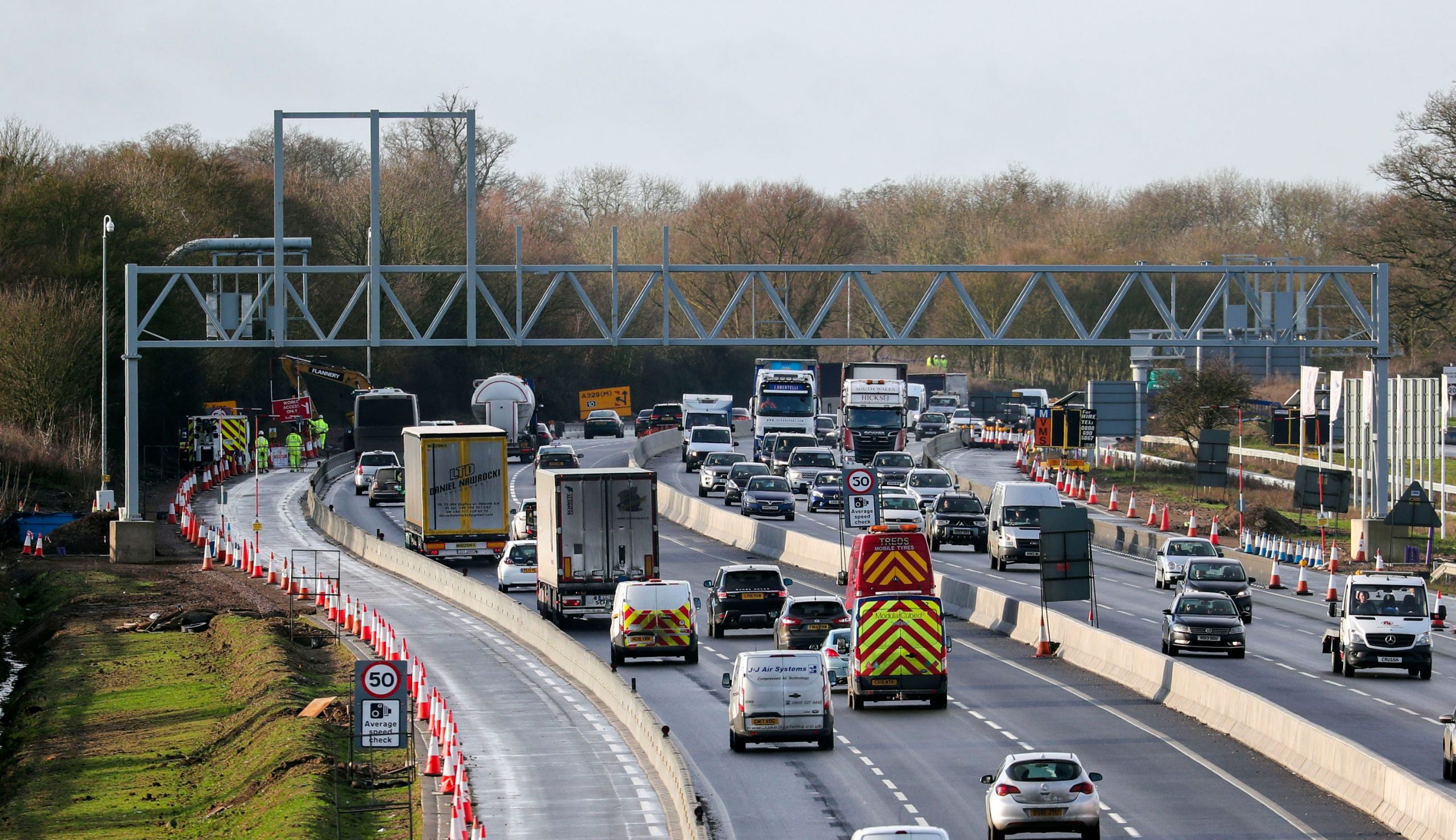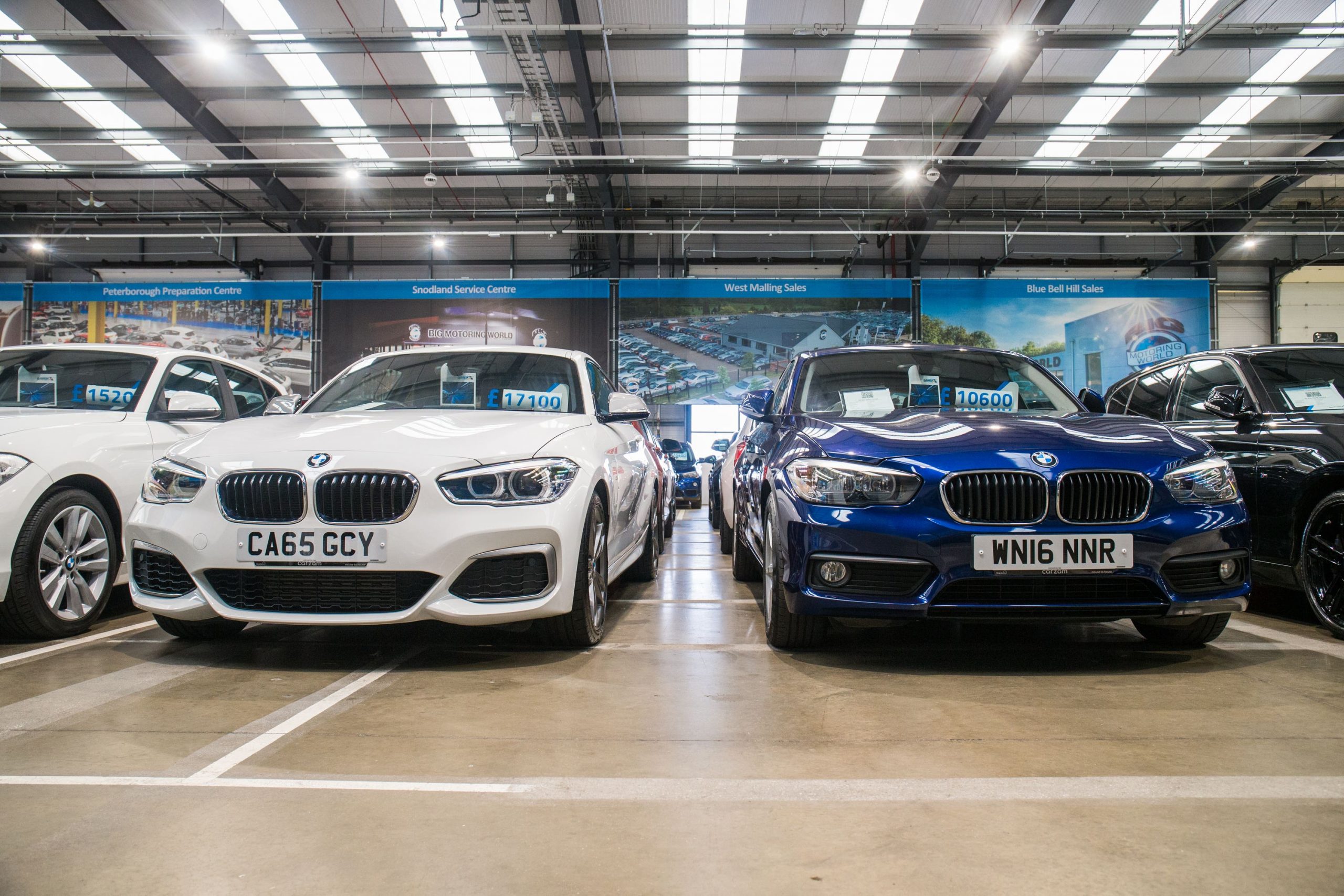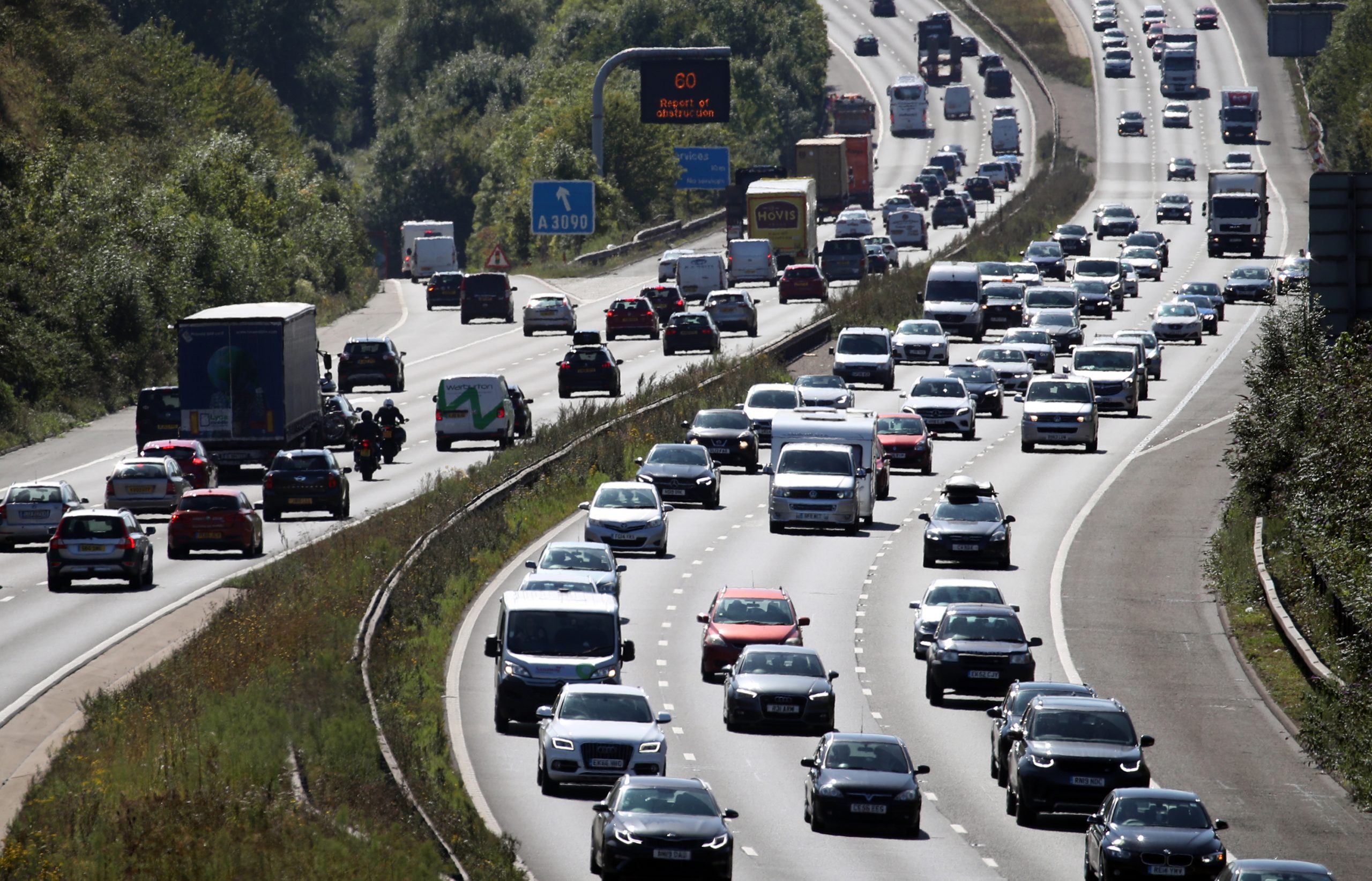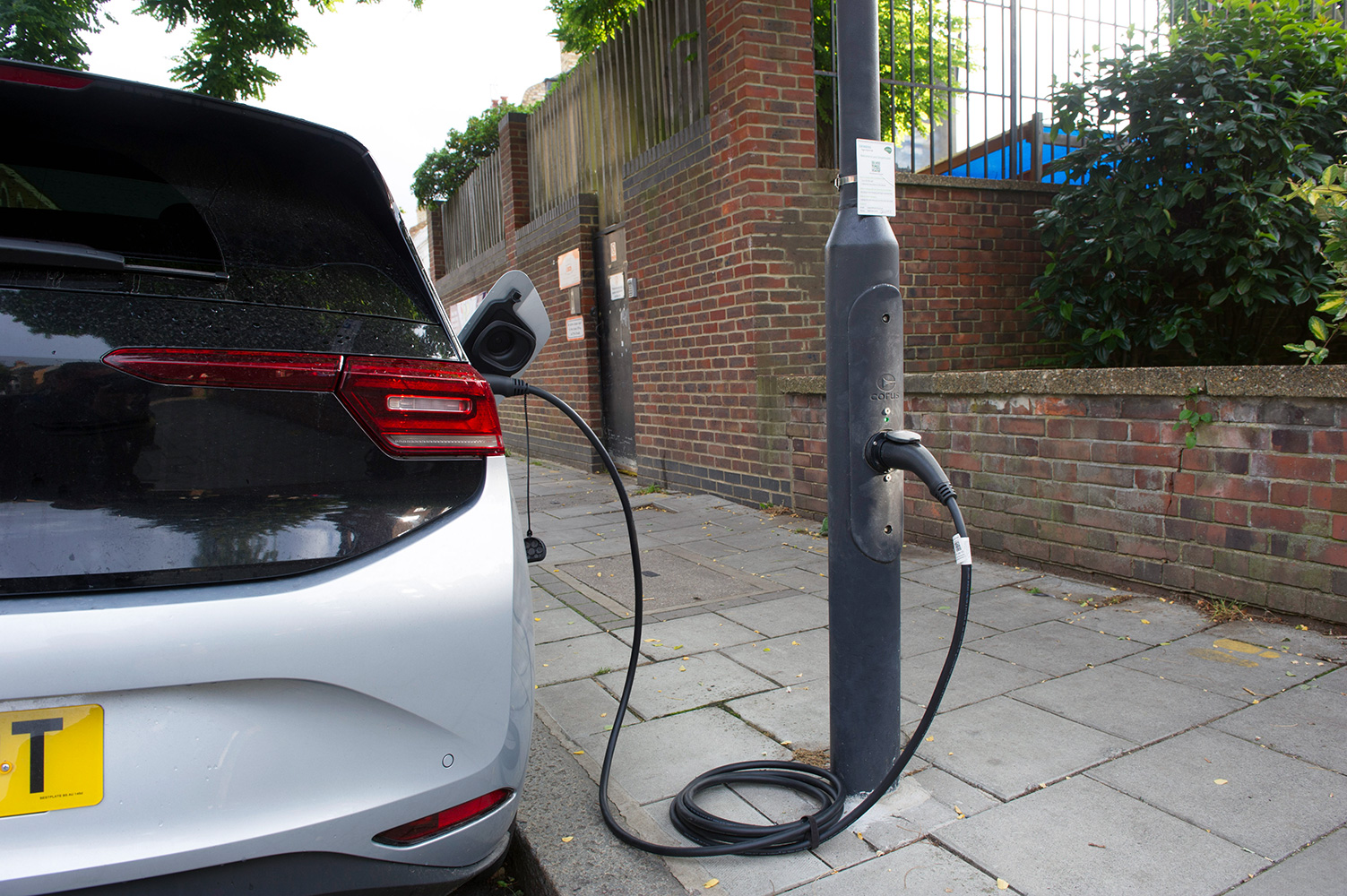The average cost of car insurance has risen by £338 in the last year with premiums soaring by £148 in the last three months alone.
It means that an average premium now stands at £924, with those in inner London forking out £1,503 on average – making it the most expensive area for drivers to get their cars insured. In Outer London, prices have risen by £446 in a year, increasing up to £1,187 on average.
Outside of the capital, drivers in Manchester and Merseyside are putting up with an annual increase of around £417, with average premiums now standing at £1,154. In the West Midlands, the cost of car insurance now stands at an average of £1,139 – or up £442 on the year prior.
Younger drivers continue to struggle under high insurance premiums, with those aged 21 and under now seeing average costs of over £2,000, according to Confused.com’s car insurance price index, which compared over six million quotes.
Louise Thomas, motor expert at Confused.com car insurance, said: “For another consecutive quarter, we’ve seen some of the highest inflation rates when it comes to car insurance.
“With prices up on average £148 (19 per cent) in just 3 months, and £338 (58 per cent) in 12 months, drivers are likely to be paying more than ever. So those who haven’t yet been affected should be wary of how pricing may affect them at their next renewal.”
However, those aged over 30 are still having to pay increasing amounts for cover, with drivers up to the age of 38 not paying less than £1,000 for their car insurance on average.
“But there are deals around and drivers can still save money, even if they’ve noticed their renewal has gone up. And in a time of financial uncertainty, this can be really helpful if you’re needing to watch your money more closely than before. So if you’re due to renew, consider ways in which you can keep costs down.”








